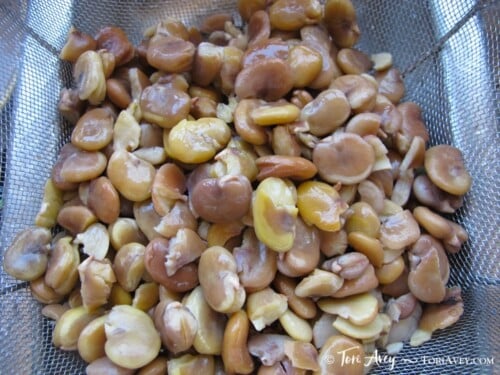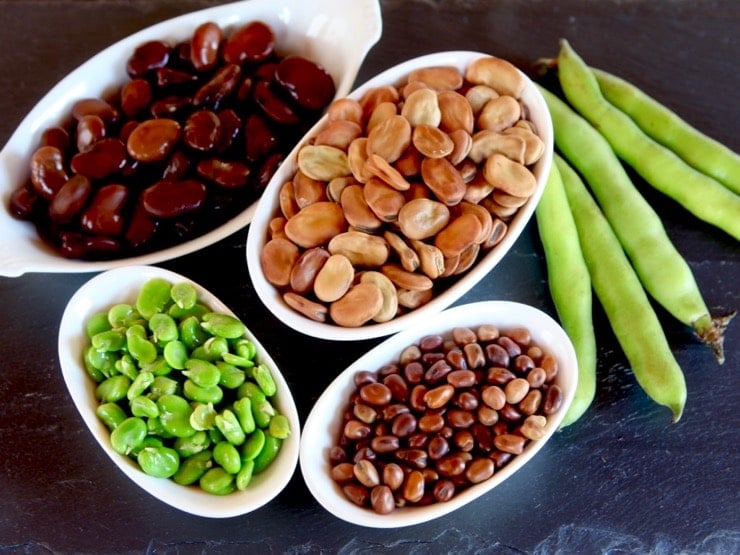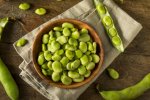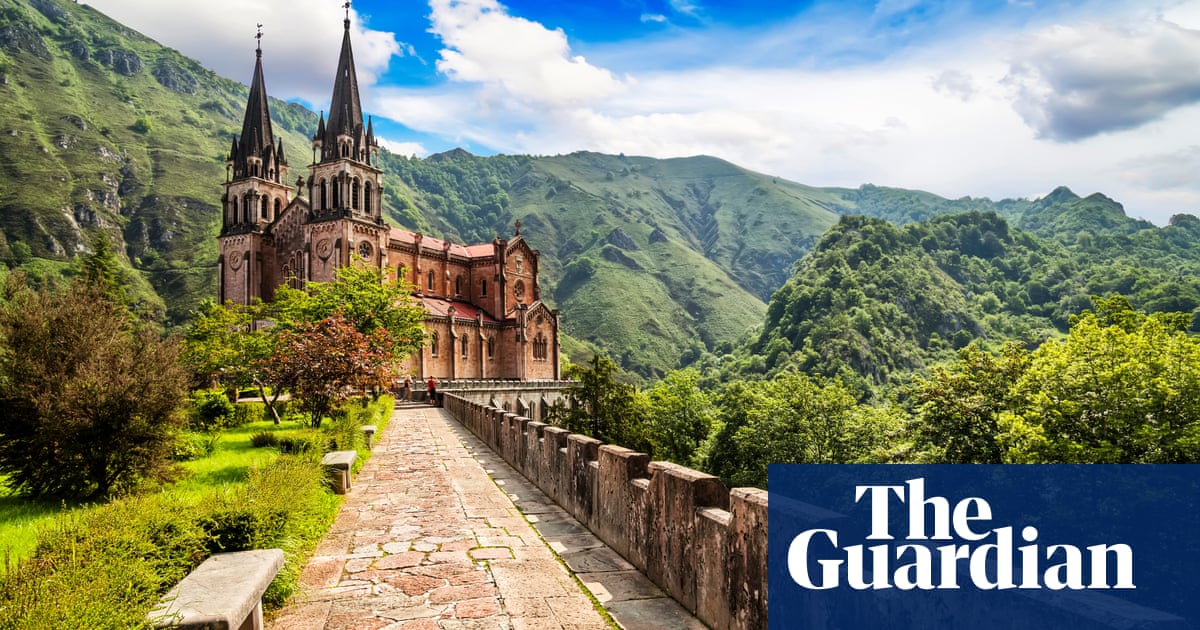A great deal of the garbanzos sold in Spain are, alas, imported from Argentina! Especially the big fat ones. Garbanzos used to be a staple crop on the Meseta; families almost lived on them through winter. Sadly in the 20th century foreign policy/crop subsidies made imported garbanzos cheaper than the local product, which was smaller and less appealing to the consumer anyway. Garbanzos are also pretty labor-intensive to harvest and processs for the market, so local growers simply stopped growing them.
A few organic farmers in the neighborhood still grow a few hectares every few years. I once helped with the harvest, and it was backbreaking work -- the beans have to be threshed: spread out on the ground and run over with a trillo (the big boards with sharp stones set into the grain; you may've seen them reused as rustic tables and doors.) Then you have to throw them up into the air to seperate the chaff from the beans. And then you have to shovel them up into a bag and let them dry. Ufff! All that, when a jar costs 60 centimos!
Good luck, LTFit, with your garbanzo-growing enterprise!























